When we think of prehistoric beasts, dinosaurs often come to mind first. But the ancient world was filled with many other terrifying creatures that would give even the fiercest dinosaurs a run for their money. Let’s dive into the murky waters and dense forests of prehistory to meet some of these nightmarish animals that once roamed our planet.
Megalodon
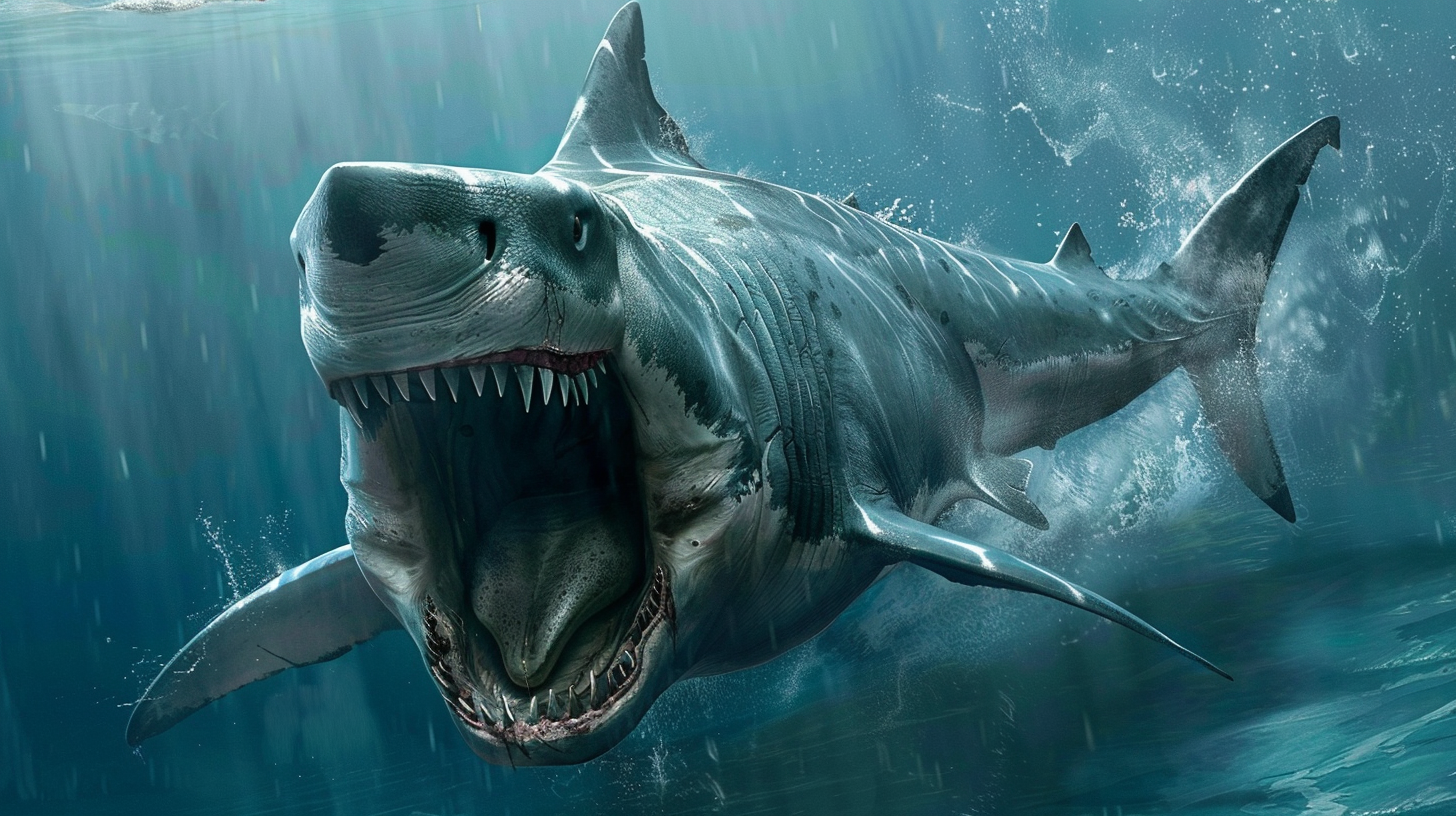
Imagine a great white shark, but three times bigger. That’s the Megalodon. This massive shark lived from about 23 to 3.6 million years ago and could grow up to 60 feet long. Its jaws were strong enough to crush a whale’s skull, and its teeth were the size of a human hand. Scientists think Megalodon went extinct because the oceans cooled, and its prey died out.
Titanoboa

Titanoboa was a snake so big it makes anacondas look like garden hoses. It lived about 60-58 million years ago and could grow up to 42 feet long. That’s longer than a school bus! This monster snake weighed over a ton and could crush and eat crocodiles. Titanoboa thrived in the hot, humid jungles of what is now Colombia.
Arthropleura
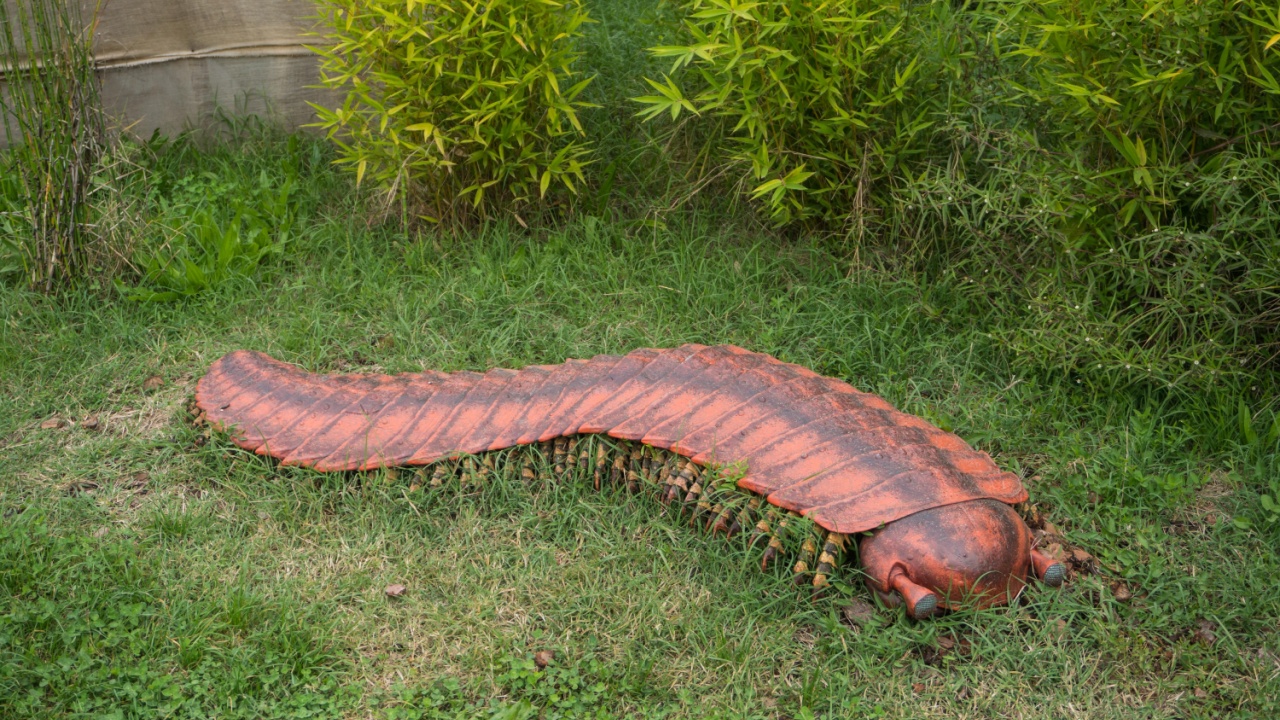
If you’re scared of bugs, you might want to skip this one. Arthropleura was a millipede-like creature that lived 315 to 299 million years ago. It could grow up to 8.5 feet long and 1.5 feet wide. That’s bigger than many modern-day crocodiles! Despite its scary size, Arthropleura was a plant-eater. It lived in the swampy forests of what is now North America and Scotland.
Dunkleosteus
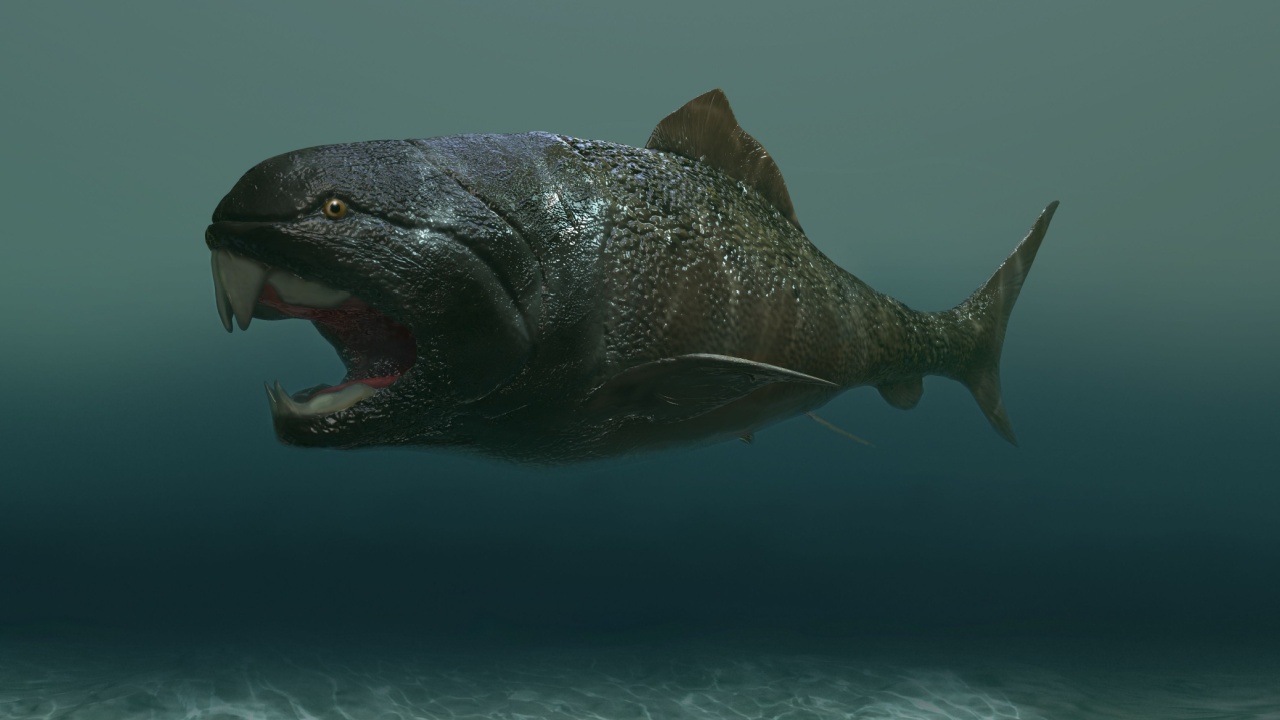
Dunkleosteus was like a tank of the ancient seas. This armored fish lived 382-358 million years ago and could grow up to 30 feet long. Instead of teeth, it had sharp bony plates in its jaws. These plates could snap shut with the force of a hydraulic press, easily cutting through the armor of other sea creatures. Dunkleosteus was the top predator of its time.
Quetzalcoatlus

Quetzalcoatlus was a pterosaur (flying reptile) that lived at the end of the dinosaur age. It had a wingspan of up to 36 feet – as wide as a small plane! Despite its huge size, Quetzalcoatlus probably weighed only about 155-250 pounds, thanks to its hollow bones. It used its long beak to catch fish and small animals on the ground.
Basilosaurus
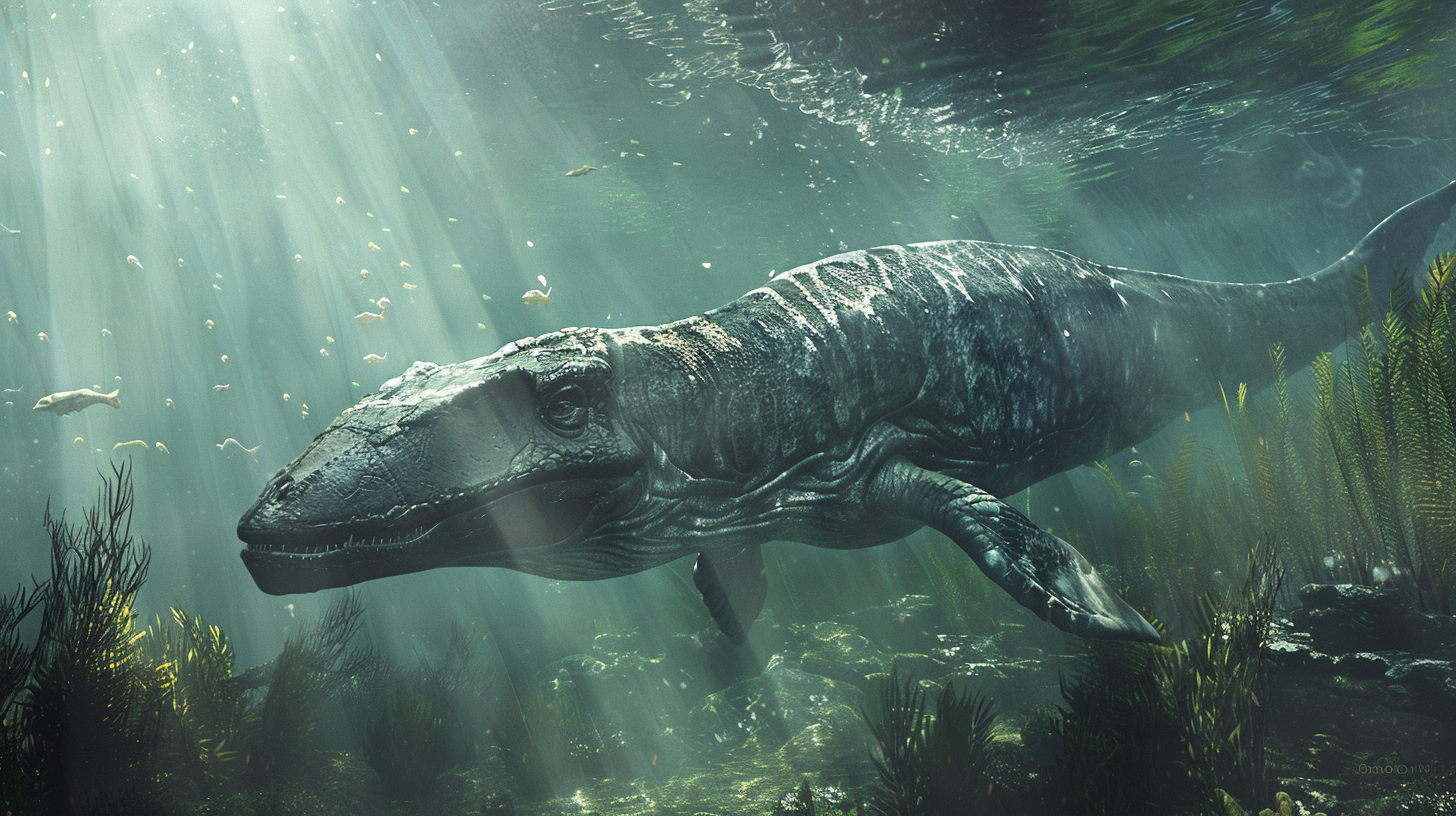
Basilosaurus was an early whale that lived about 40-34 million years ago. It was huge, growing up to 60 feet long. Unlike modern whales, Basilosaurus had small back legs and a long, snake-like body. It was a fierce predator, eating fish, sharks, and even other whales. Its name means “king lizard,” because when it was first discovered, scientists thought it was a reptile!
Smilodon
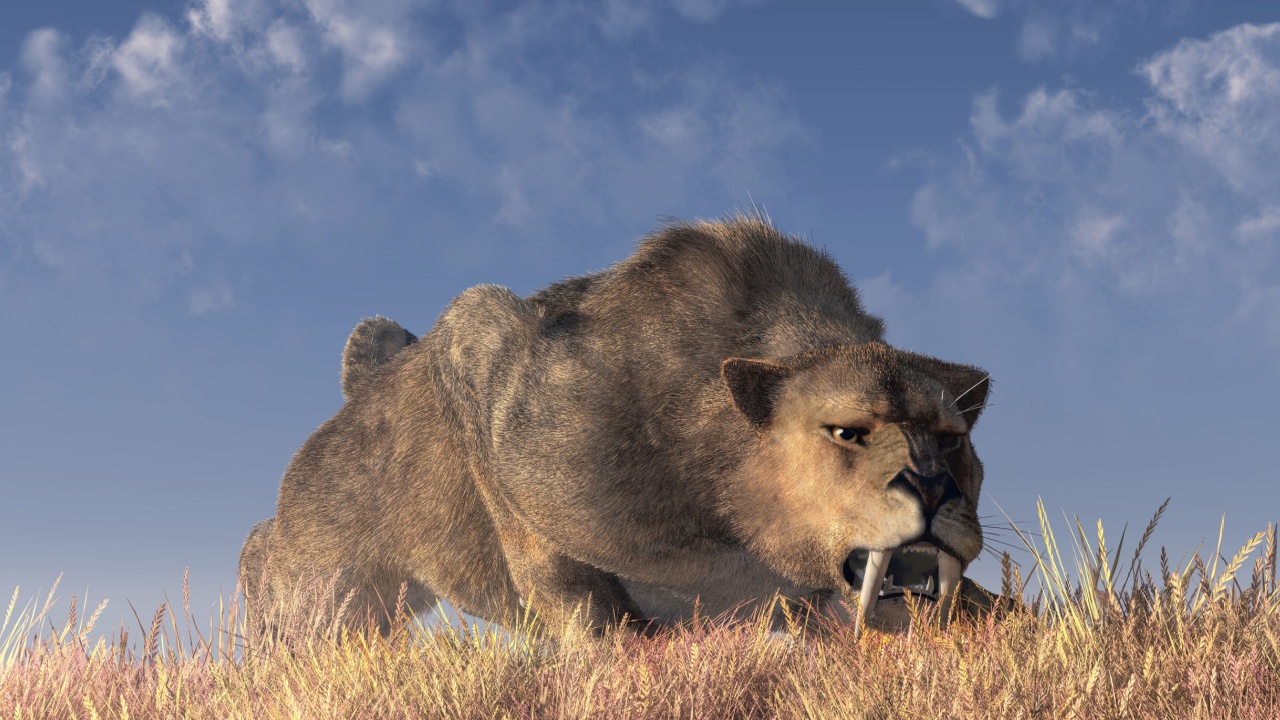
Smilodon, often called the saber-toothed tiger, was a big cat that lived until about 10,000 years ago. It had huge canine teeth that could grow up to 7 inches long. These saber teeth were great for slicing through the soft parts of its prey. Smilodon was about the size of a modern lion but more heavily built. It probably hunted in packs, taking down large prey like bison and camels.
Megatherium
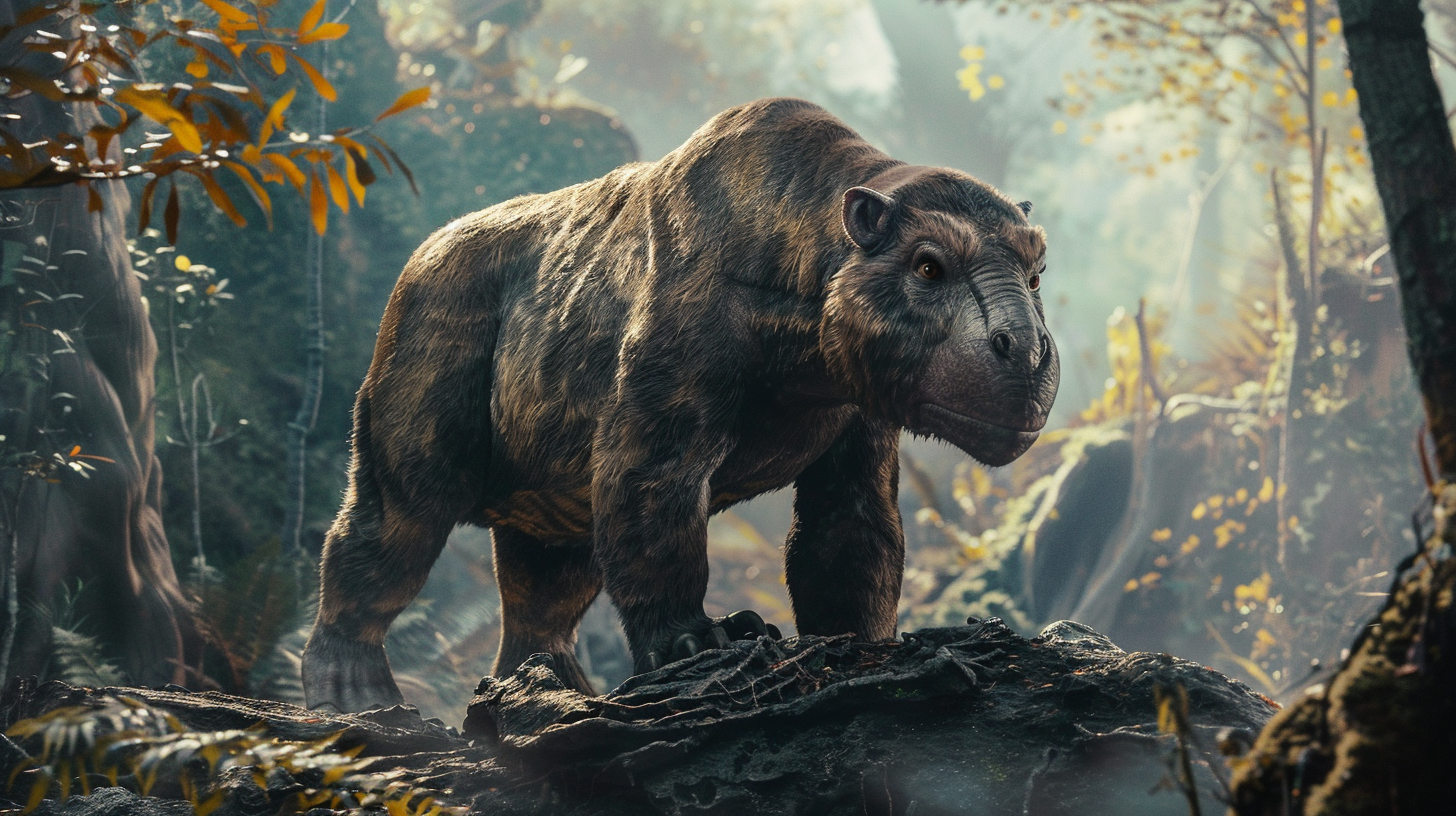
Megatherium was a ground sloth the size of an elephant. It lived in South America until about 11,000 years ago. This massive plant-eater could reach up to 20 feet when standing on its hind legs. It used its long claws to pull down tree branches and dig for roots. Despite its size, Megatherium was probably a peaceful animal, only using its claws for defense when needed.
Livyatan

Livyatan was a giant sperm whale that lived about 12-13 million years ago. It was about the size of a modern sperm whale, but with teeth in both jaws up to 14 inches long. Livyatan probably hunted other whales and large sea creatures. Its name comes from the Leviathan, a sea monster from Jewish mythology.
Sarcosuchus
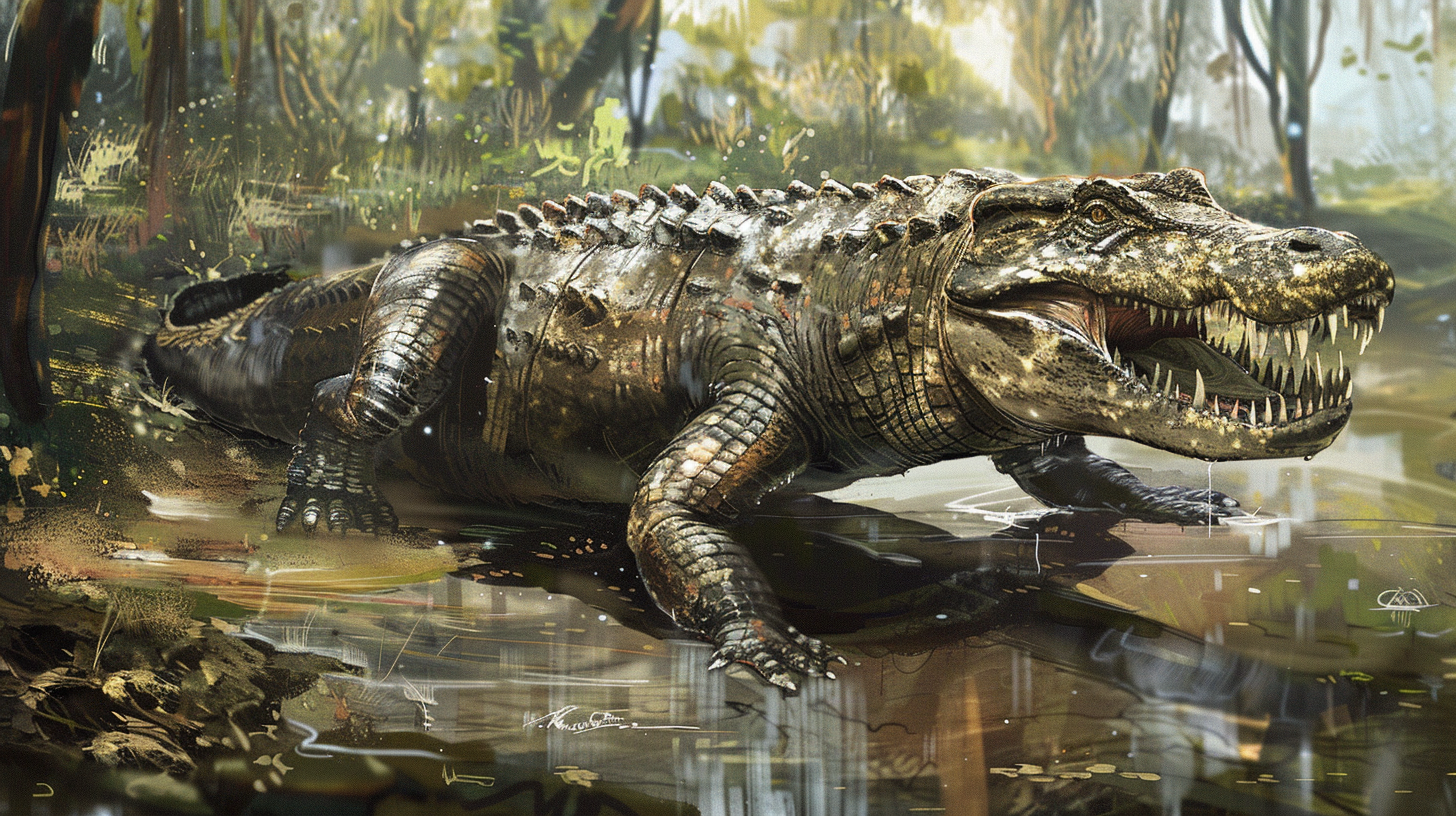
Sarcosuchus was a massive crocodile that lived about 112 million years ago. It could grow up to 40 feet long and weigh 8 tons. That’s twice as long as the biggest modern crocodiles! Sarcosuchus had a long snout filled with over 100 teeth. It probably ate fish and dinosaurs that came to the water’s edge to drink.
Jaekelopterus
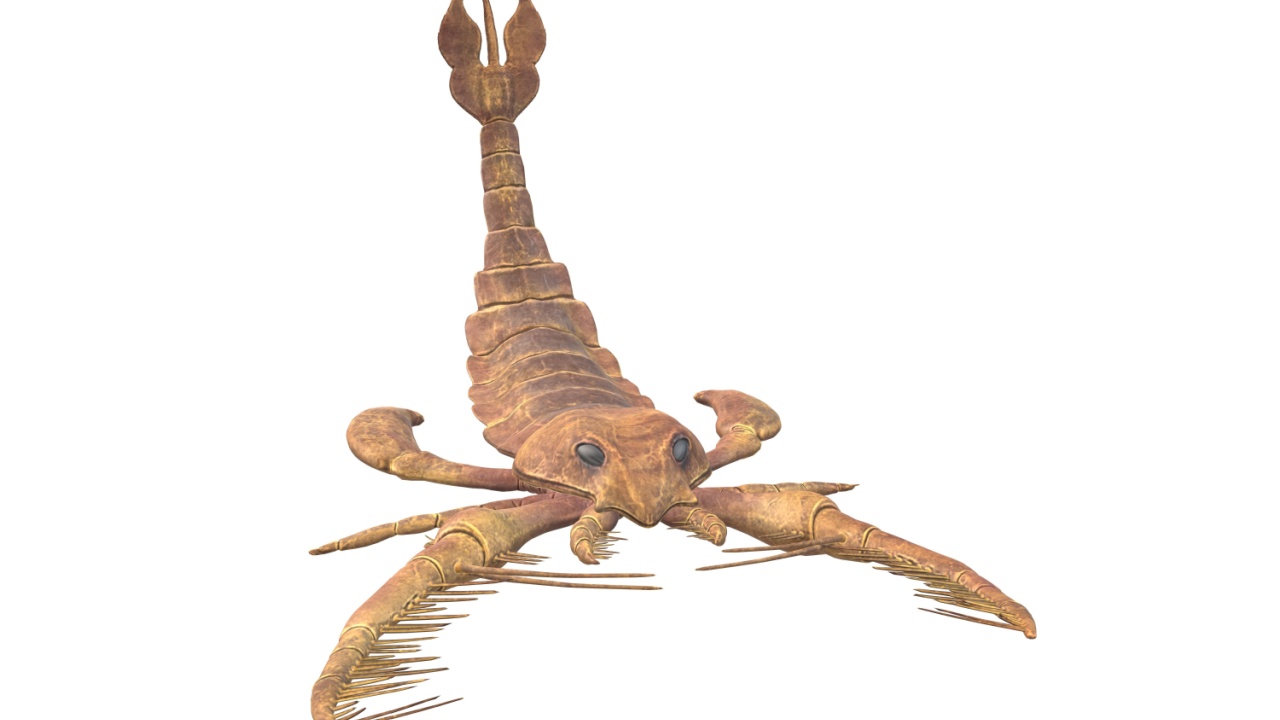
Jaekelopterus was a sea scorpion that lived about 390 million years ago. It could grow up to 8 feet long, making it one of the largest arthropods ever. Despite its name, Jaekelopterus wasn’t a true scorpion. It was more like a giant, scary version of a horseshoe crab. It used its large claws to catch fish and other sea creatures.
Platybelodon

Platybelodon was a weird-looking relative of modern elephants that lived about 15-4 million years ago. Its lower jaw was shaped like a big shovel, and its two lower teeth grew into a flat plate. Scientists think Platybelodon used this strange mouth to scoop up water plants. It was about the size of a modern elephant but looked very different!
Andrewsarchus

Andrewsarchus was a massive mammal that lived about 45-36 million years ago. It was possibly the largest land-dwelling carnivorous mammal ever, standing about 6 feet tall at the shoulder. Surprisingly, Andrewsarchus was more closely related to sheep and cattle than to dogs or cats. It had a long snout filled with sharp teeth and powerful jaws that could crush bone. Scientists think it might have been a scavenger as well as a predator.
Anomalocaris
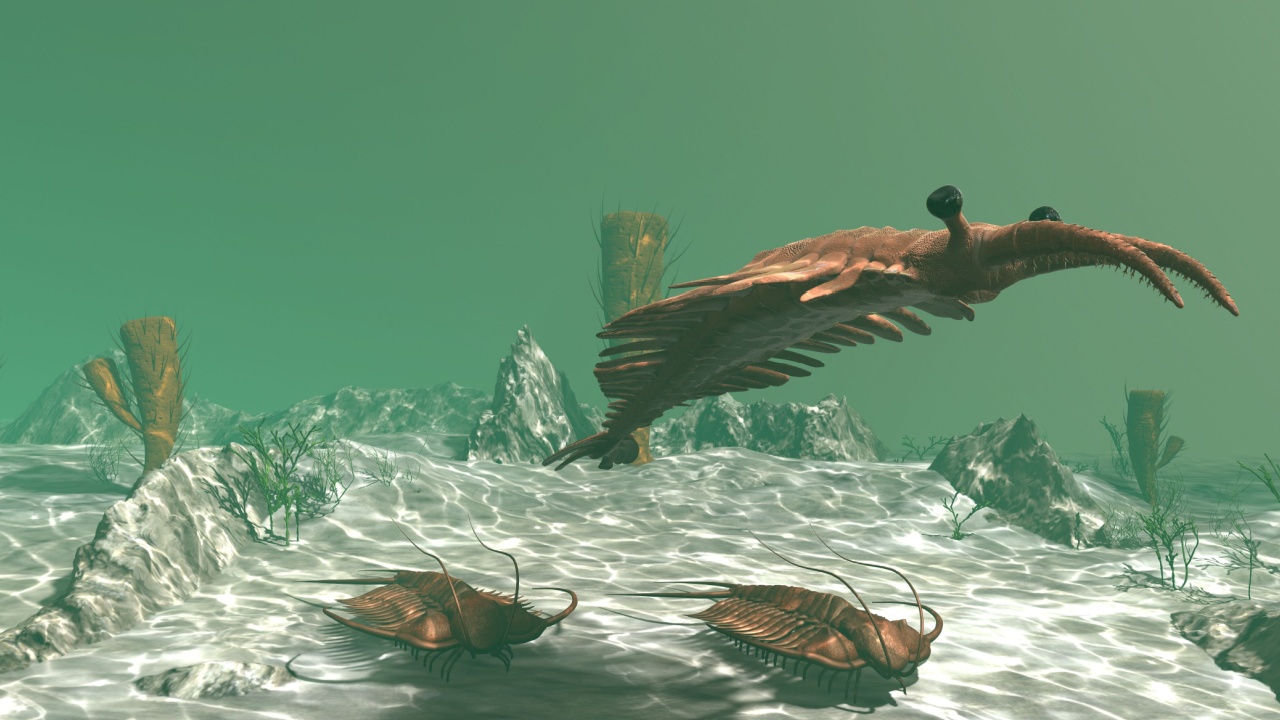
Anomalocaris was one of the first large predators on Earth, living about 520-490 million years ago. It was about 3 feet long, which was huge for its time. Anomalocaris had a bizarre appearance with large eyes, a disc-like mouth, and two grasping appendages at the front of its head. It swam through ancient oceans, catching smaller animals with its spiny arms. For millions of years, Anomalocaris was one of the most fearsome creatures in the sea.
Liopleurodon
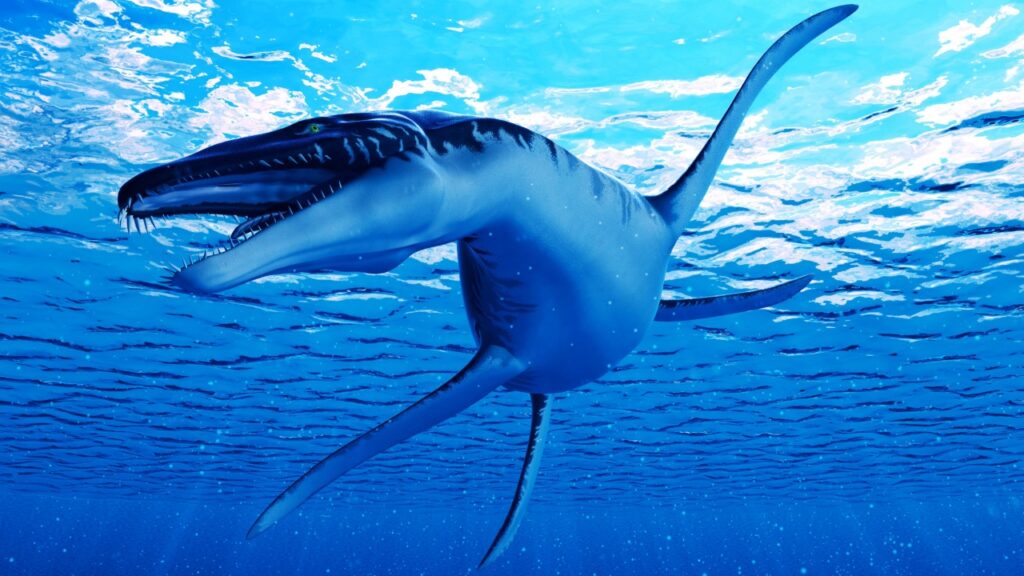
Liopleurodon was a massive marine reptile that lived about 160-155 million years ago. It could grow up to 23 feet long and had a huge head filled with sharp teeth. Liopleurodon was a powerful swimmer with four flipper-like limbs. It probably hunted other marine reptiles and large fish. Some scientists think it might have been able to smell prey from far away, like a shark.



